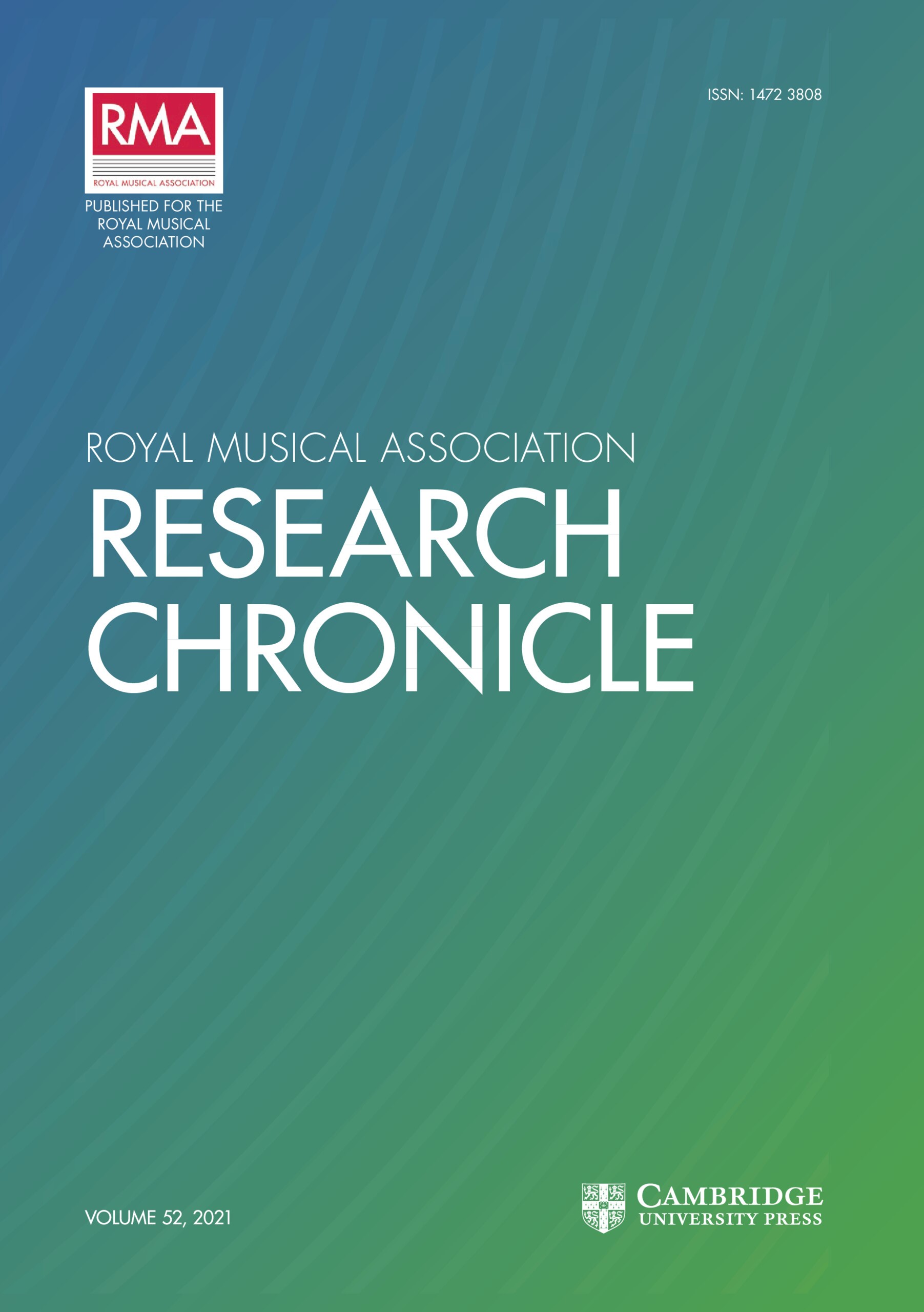Crossref Citations
This article has been cited by the following publications. This list is generated based on data provided by Crossref.
2014.
Les sirènes ou le savoir périlleux.
p.
319.


